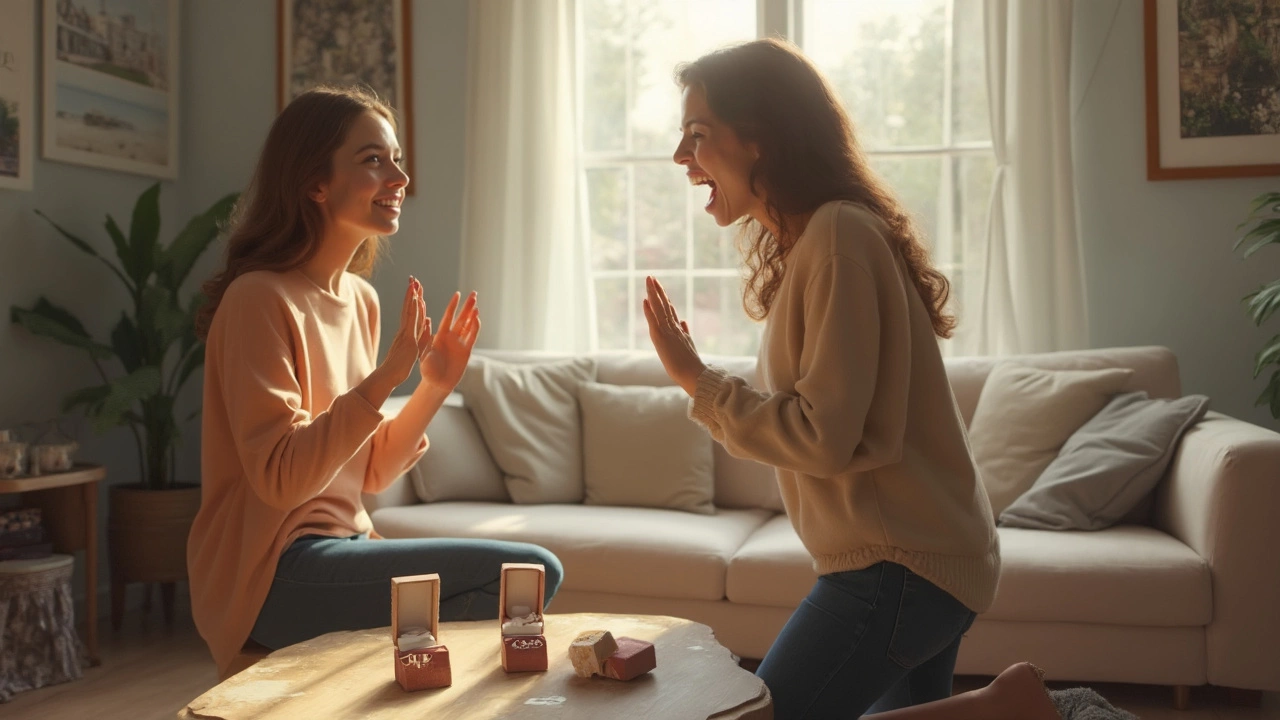Who Buys the Ring? Simple Answers for Modern Couples
When you start planning a wedding, the first question that pops up is often "who buys the ring?" The answer isn’t one‑size‑fits‑all. It depends on tradition, budget, and personal preference. Below you’ll get a quick rundown of the most common ways couples handle ring buying, plus some fresh ideas if you want to break the mold.
Who Usually Pays for the Engagement Ring?
Traditionally, the person proposing buys the engagement ring. In many cultures this person is the groom, but it can be anyone who’s taking the lead. The logic is simple: the giver shows commitment by presenting the ring. If you’re following the classic route, expect to spend anywhere from a few hundred to several thousand pounds, depending on the stone and setting.
That said, families sometimes pitch in. Parents may cover part or all of the cost, especially if they have a set budget for wedding expenses. If you’re okay with help, talk early with your family to avoid awkward surprise bills later.
Modern Ways Couples Split Ring Costs
Today many couples share the cost of both the engagement and wedding bands. This approach can feel fair, especially when both partners earn similar incomes. Some split the price 50/50, while others use a proportional split based on earnings. Either way, the goal is to keep the budgeting conversation open and stress‑free.
If you decide to split, start by setting a realistic budget together. Look at what you can afford without draining savings meant for the venue, dress, or honeymoon. Many jewelers offer payment plans, which can spread the expense over several months and make a higher‑priced ring more manageable.
Another modern twist is the “ring swap.” Instead of one person buying both rings, each partner purchases their own band. This lets each person choose a style they love without compromising. It also removes the pressure of one person feeling responsible for the whole spend.
So, who buys the ring? Here’s a quick cheat sheet:
- Traditional route: The proposer buys the engagement ring; the groom typically buys the wedding band.
- Family assistance: Parents or grandparents chip in, especially for larger budgets.
- Equal split: Both partners share the cost of each ring, either evenly or proportionally.
- Ring swap: Each partner buys their own wedding band, choosing personal styles.
Whatever you choose, keep the conversation honest. Knowing who’s paying helps you set a realistic total budget and avoid surprise expenses later on. If you’re stuck, ask your jeweler for a cost‑breakdown based on metal, stone, and setting. They can show you how small changes affect the price, letting you stay within the amount you’re comfortable spending.
Finally, remember that the ring is just one piece of your wedding puzzle. It’s a symbol, not a financial burden. Focus on the meaning behind the metal and stone, and the rest will fall into place. Happy planning!

- Apr, 27 2025
- Comments 0